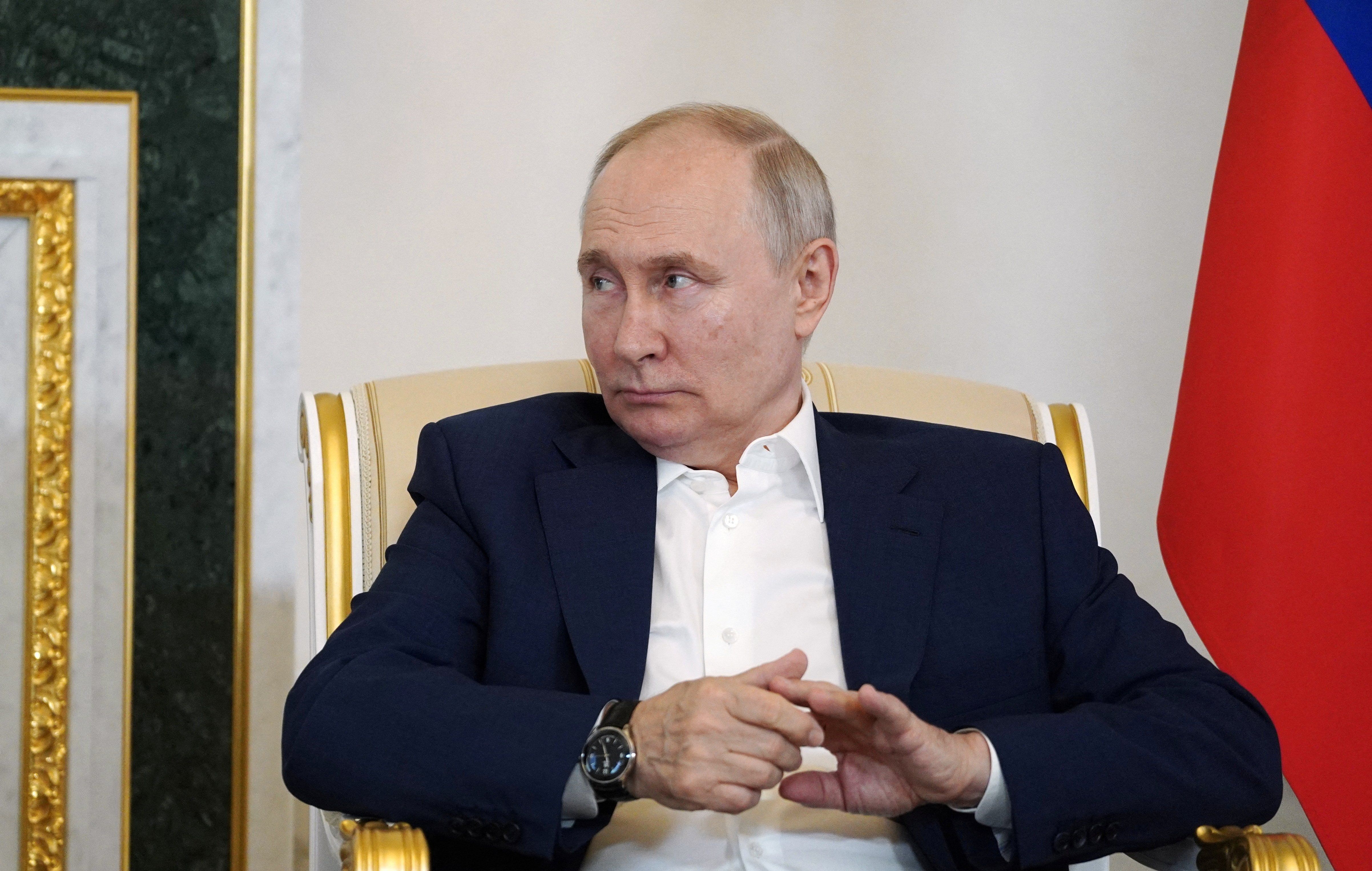That’s the backdrop for Russia’s latest move toward force expansion. Russian men are required to perform one year of military service. This week, Russia’s lower house of parliament passed a new law that would both expand the age range of draft-eligible men from 18-27 to 18-30 beginning in 2024 and create penalties for men who try to leave the country to avoid the draft. By one estimate, this would increase the number of conscription-eligible men from 6.8 million to 9.14 million by next year. The plan will now pass the upper house, and Putin will sign it into law.
This move signals that Putin hasn’t given up on the idea that he can mobilize Russian society just enough to win his war without provoking a revolt against conscription. Whether it works will depend in part on just how much damage Ukraine’s current counter-offensive can inflict on Russia’s military.
